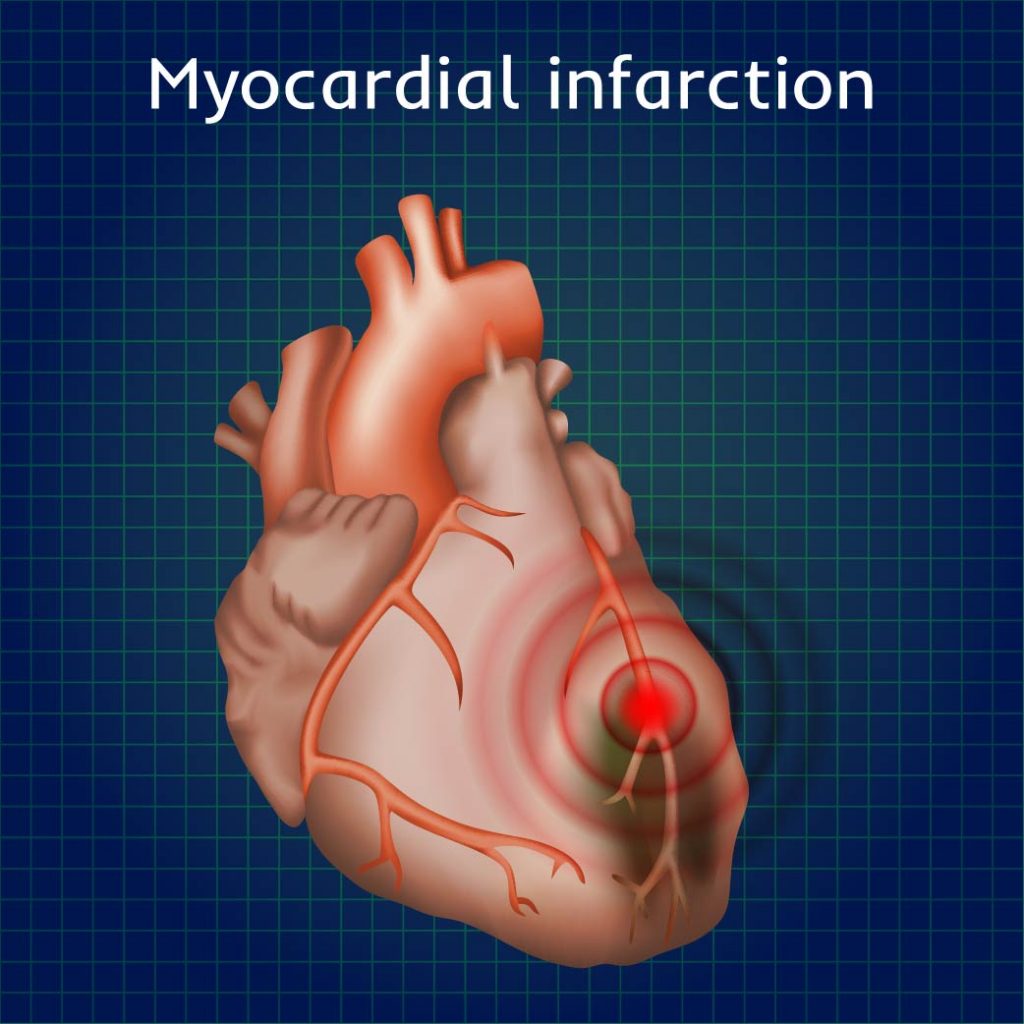Arq. Bras. Cardiol. 2023; 120(2): e20230013
Can the Measurement of Big Endothelin-1 Have a Role in Patients Admitted Due to Non-ST Segment Elevation Myocardial Infarction?
This Short Editorial is referred by the Research article "Association between Plasma Big Endothelin-1 Level and The Severity of Coronary Artery Disease in Patients with Non-ST Segment-Elevated Myocardial Infarction".
Endothelin-1 (ET-1) is the main member of the endothelin peptide family and is one of the most potent vasoconstrictor substances known to date. It acts through ETA receptors, promoting vasoconstriction, inflammation, and cell proliferation., Several cell types synthesize this molecule, particularly the vascular endothelial and smooth muscle cells, macrophages, and fibroblasts, resulting from the cleavage of big endothelin-1 (big ET-1).The latter is an intermediate molecule from the endothelin system, which has a longer half-life (despite lower biological activity), being a more appropriate marker for the quantification of endothelin peptide activity.
In this cross-sectional study, investigators evaluated the levels of big ET-1 in a cohort of patients with non-ST segment elevation myocardial infarction (NSTEMI). Overall, 766 patients were included, and the main objective was to explore the relationship between this marker and coronary disease burden as assessed by the SYNTAX score. After stratifying the cohort into 3 groups according to this score (low, intermediate, and high), they found that the median big ET-1 levels were progressively higher as the coronary disease became more complex (0.30 pmol/L, 0.41 pmol/L, and 0.58 pmol/L, respectively). They also found that this marker had a fair correlation with the SYNTAX score (r=0.378), which met statistical significance, and found good discrimination in identifying patients with moderate-high scores (AUC 0.695).
[…]
442

